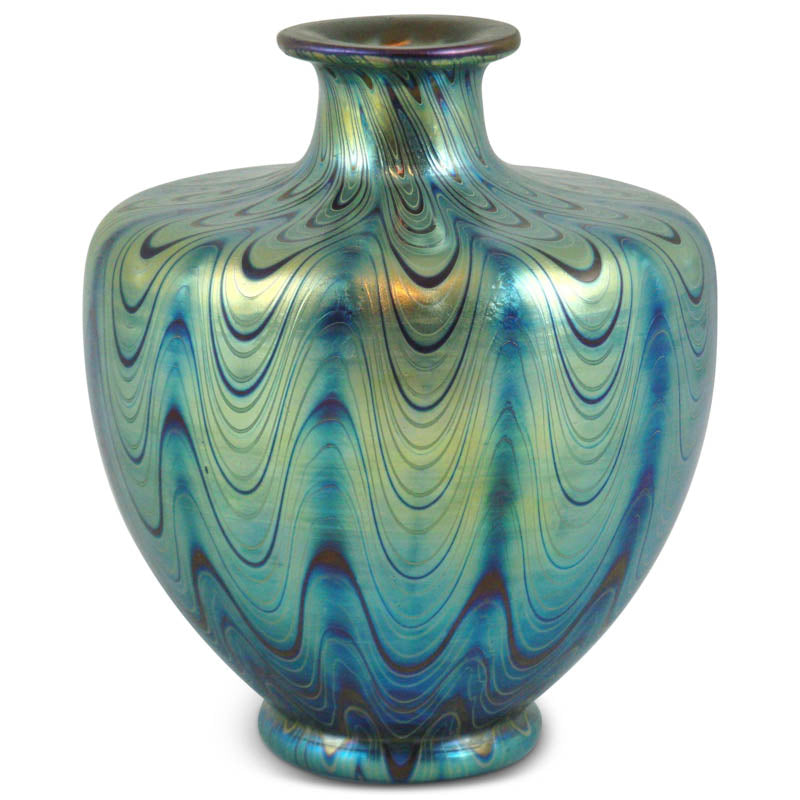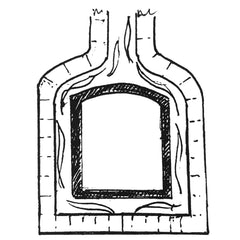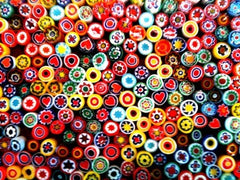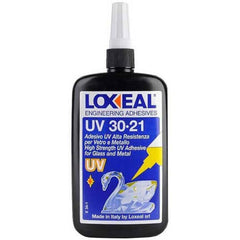
This is an optical effect whereby light is split into its primary colours. In the field of glass iridescenza is determined by the formation on the surface of thin layers (very close to the range of visible light) with a refraction index different from that of glass.
This phenomenon can take place either naturally or artificially.
In the first instance it is due to alterations in the surface of the glass on the part of water, as in ancient glasswarer; in the second case, the alteration is obtained by the deposition of metal oxides under heat. In Murano iridescenza is usually attained by exposing the glass item at a temperature of about 600 Celsius degrees to tin tetrachloride vapours that decompose and form on the surface deposits of tin oxide with a high refraction index and a particularly good resistance to wear and tear.
This technique, tipical of the Venetian lagoon, never comes close to the refinement of articles from Bohemia or America made by the Loetz and Tiffany glass factories. It is used by all large furnaces beginning in the late 20s, on both vases and figures, to enhance the objects especially if executed in colourless transparent glass.
Iridisation is a finishing technique which Carlo Scarpa frequently used to give a particular, varyingly conspicuous, appearance to many glass items designed for Venini & C. , which take on a particular appearance after being exposed to tin or titanium fumes.
In 1940 the 7th Milan Triennale and 22nd Venice Biennale featured a number of objects produced with this technique. Characteristic of it were the lead-like glass pieces which resemble the solidity of metal, which were generally produced by superimposing various layers of coloured glass.




